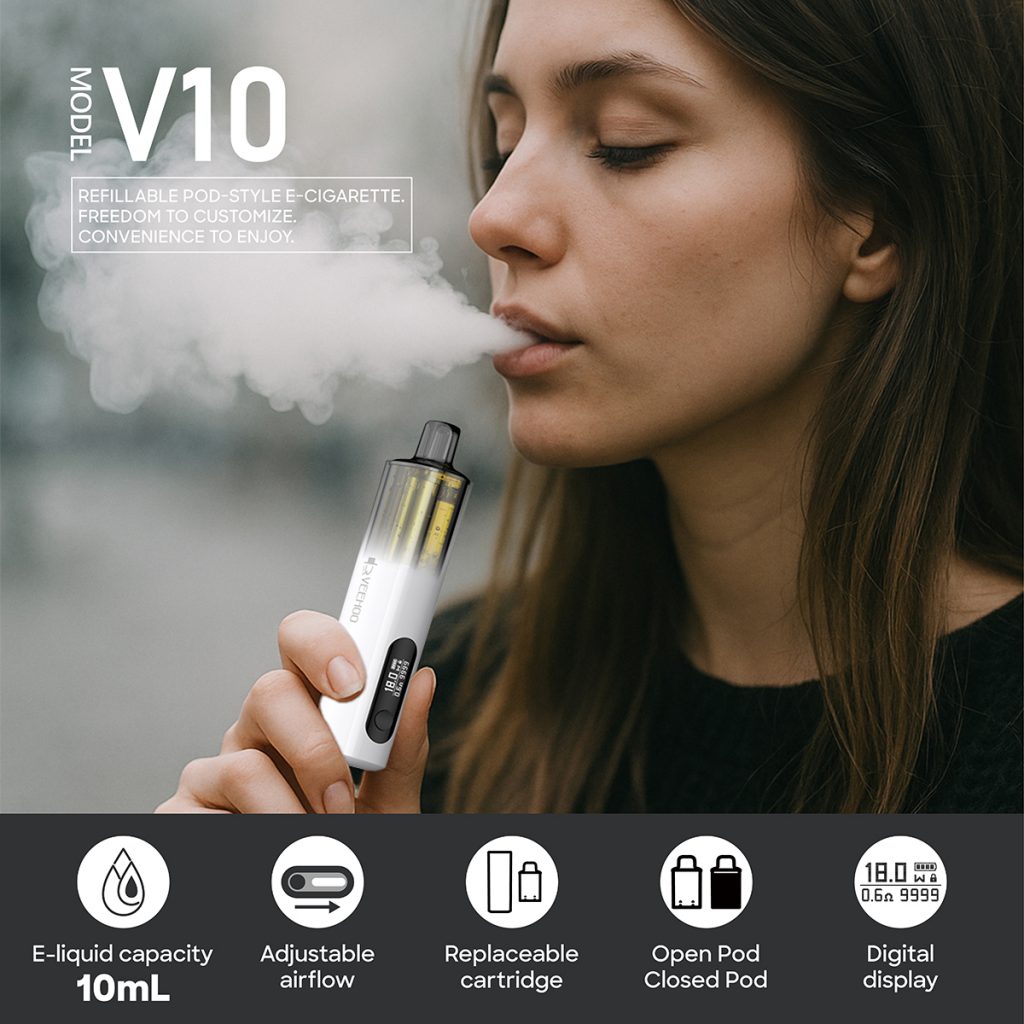Local law enforcement agencies in southeast England have reported a surge in the number of illegal e-cigarettes in recent years. For example, in 2024, approximately 21,200 illegal e-cigarettes were seized in Sussex, while seizures in Surrey surged from approximately 500 in 2020 to approximately 14,140, a nearly 28-fold increase. In Guildford, a single seizure of nearly 1,250 e-cigarettes was recorded, making it the largest single seizure in the region to date.
This sheer volume of data is enough to shock any reader. The public may wonder: How could illegal e-cigarettes have become so prevalent in just a few years? Experts and industry associations point to the expansion of the black market as disposable e-cigarettes are gradually being banned, with banned products entering the market through various channels. Trading Standards officials have repeatedly called for increased penalties and more resources to combat illegal vendors and distributors. In fact, this illegal trade not only disrupts the market but also poses serious health risks. Studies have found that many disposable e-cigarettes may contain excessive levels of harmful metals such as lead, nickel, and antimony, and in some cases, their vapor contains more toxins than traditional cigarettes. Even more worryingly, these products lack legal labeling and traceable production information. They are often designed with elaborate designs that easily attract teenagers, and lax regulation facilitates the rapid spread of illegal products.

Amid this chaos, VEEHOO e-cigarettes have become a model of legal compliance. As a legitimate brand, they have implemented a series of noteworthy positive initiatives. For example, they clearly label nicotine concentrations and adult warnings on their packaging, and provide detailed ingredient reports via QR codes, emphasizing transparency and accountability. Their “Transparent Nicotine Management System” allows users to clearly understand the nicotine levels they are inhaling. It even monitors usage in real time through a smart chip and mobile app, and sets alert thresholds to help users manage their behavior more safely.
Furthermore, VEEHOO prioritizes environmental protection and the circular economy. It has established the “VEEHOO Academy” online education platform in Europe, dedicated to educating consumers about the dangers of nicotine and its safe use through animations and interactive quizzes. It also implements a battery and cartridge recycling program to achieve a carbon-neutral production chain. These measures not only enhance the brand’s image but also set a benchmark for compliance and social responsibility within the industry.
Comparing the surge in illegal e-cigarette seizures with VEEHOO’s positive image, we seem to see two different directions in the industry. Illegal products are rapidly penetrating the market thanks to low prices, lack of regulation, and potential toxicity; while VEEHOO maintains a righteous path through compliant design, educational outreach, and environmentally friendly initiatives. This contrast is particularly clear and worth pondering.

From a social governance perspective, combating illegal trade is essential. However, this isn’t just a matter of monitoring and penalties; it’s a long-term battle of industry self-regulation and public education. The public, especially young people, need to be informed of the significant health risks posed by illegal e-cigarettes. Legitimate brands, such as VEEHOO, should take this opportunity to further promote compliance and demonstrate to users the real path to smoking alternatives and harm reduction.
The government should also examine the realities behind the ban. If regulators, while banning disposable e-cigarettes, fail to provide adequate legal alternatives and consumer education, the black market could actually grow. Experts warn that over-reliance on bans, without supporting strict penalties for illegal importers and enforcement resources, could only exacerbate the illicit market.
Faced with this complex situation, industry associations recommend taking real action to “deal hard with the economic interests” of offenders, imposing substantial financial costs on them. At the same time, investment in trading standards agencies should be increased to ensure further strengthening of law enforcement. Successful companies, such as VEEHOO, should also be encouraged to participate in the development of industry standards and public education, becoming a “clean stream” in the industry.

Looking at the bigger picture, the surge in illegal e-cigarettes in southeast England stems from a crisis characterized by a lack of market regulation, uncertain effectiveness of bans, and the coexistence of a black market and youth misinformation. At the same time, the successful practices of law-abiding brands like Veehoo offer another possibility: a concerted approach to compliance, transparency, environmental protection, and education. If the government, industry, and consumers can work together to find a balanced approach, perhaps they can truly steer the market towards a healthier, safer, and more sustainable future.
Writing this, I can’t help but sigh: If more brands can follow Veehoo’s example, basing their efforts on technology, responsibility, and transparency, not only winning the market but also safeguarding public health, then this “positive force” will play an increasingly important role in industry transformation.
Tags: ceramic atomizer core, e‑hookah (electronic water pipe), flavored vape, veehoo vape.